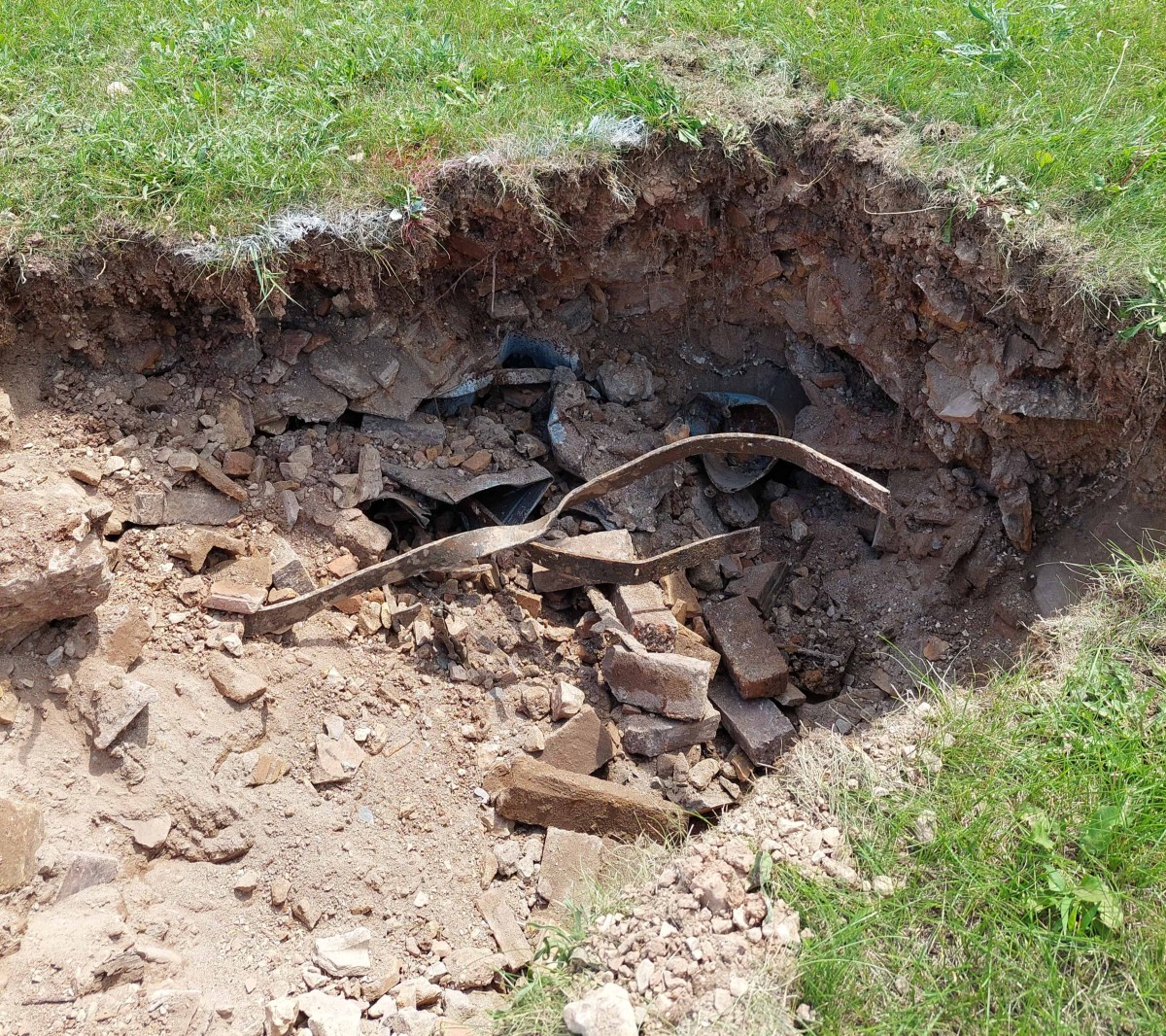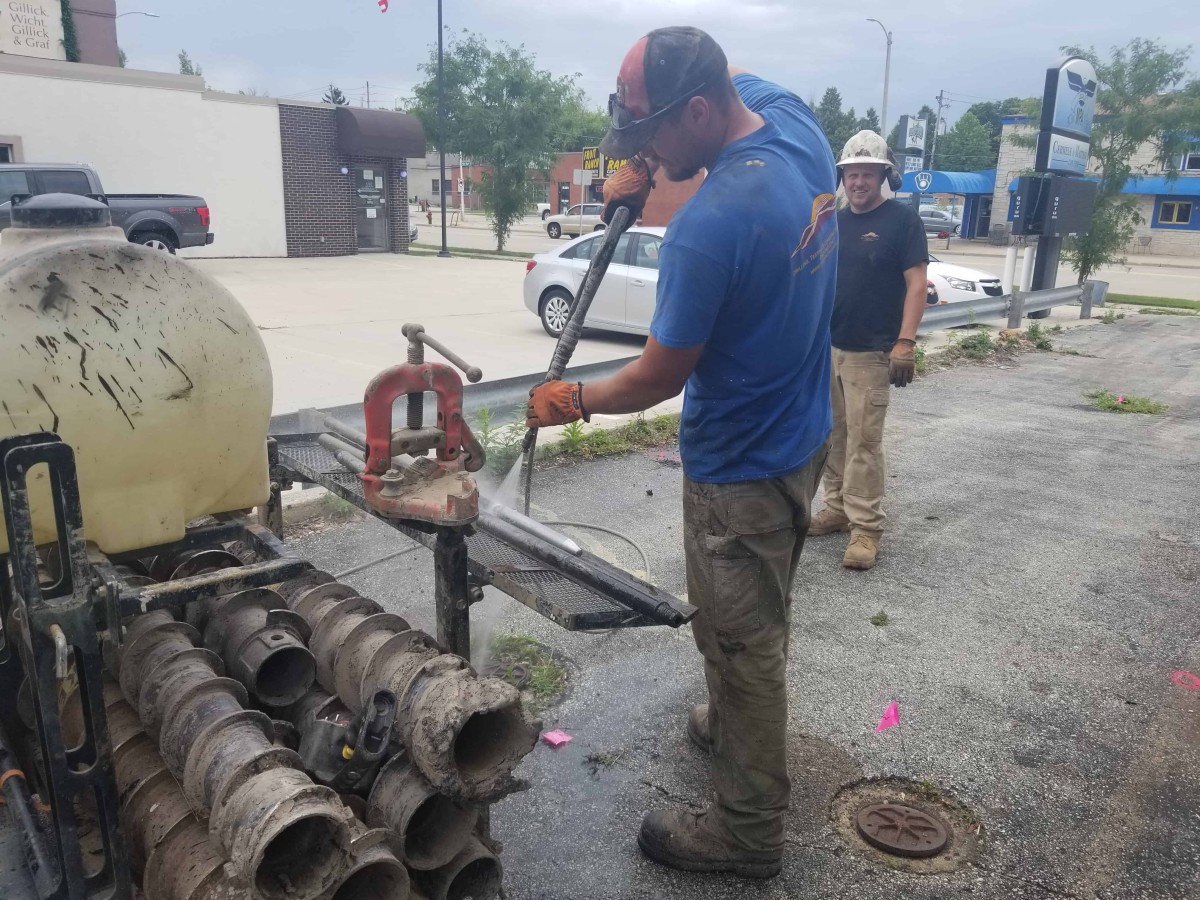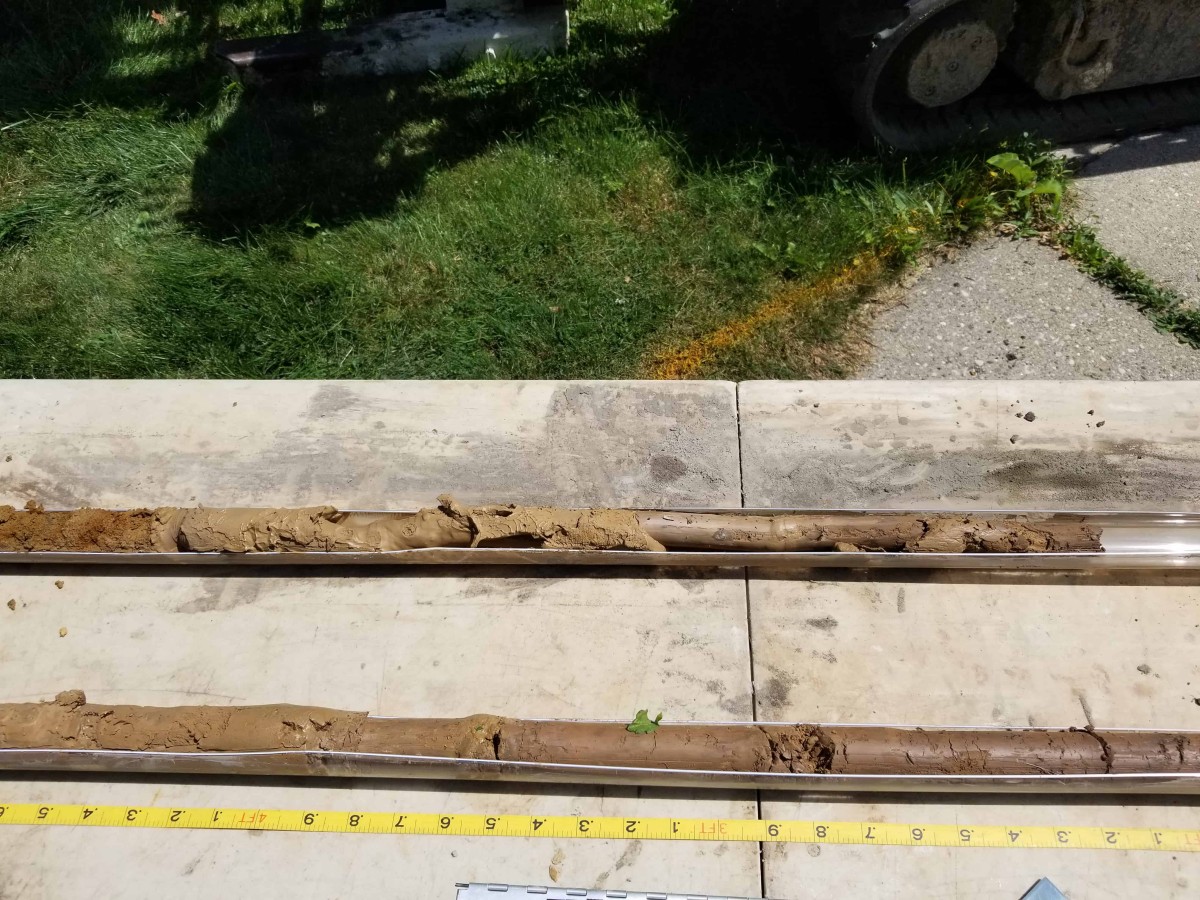The bioremediation of contaminated soil polluted with heavy metals
Bioremediation — the use of microorganisms to degrade organic contaminants — is a widely used and cost-effective method to clean up contaminated soil. Microbes, including bacteria, fungi and plants, break down, transform or alter contaminants and use them as energy sources to support life. To stimulate and enhance microbial activity, remediation teams add microorganisms and amendments like nutrients, air and organic substrates to soil contaminated with things like volatile organic compounds (VOCs), pesticides and heavy metals.
Below, we discuss methods of bioremediation for soil contaminated with VOCs and pesticides and why you need an expert to determine the best soil remediation method for your community.
Bioremediation of soil contaminated with VOCs and pesticides
For soil contaminated with petroleum hydrocarbons, VOCs and pesticides, bioremediation methods can be categorized by whether microbial activity occurs in the presence or absence of oxygen.
Aerobic bioremediation
Used for sites contaminated with mid-weight petroleum products like diesel and jet fuel, aerobic bioremediation is less effective at remediating soil with lighter petroleum contaminants, which tend to volatilize. However, enhanced aerobic bioremediation technologies can break down heavier petroleum products like lubricating oil. Using oxygen as an electron acceptor allows microorganisms to degrade hydrocarbons into carbon dioxide, water and cell mass.
Anaerobic bioremediation
Anaerobic conditions facilitate microbial degradation for soil with highly halogenated contaminants as microorganisms break them down into methane, carbon dioxide and hydrogen gas. Anaerobic metabolism by microorganisms includes processes like fermentation, reductive dechlorination, methanogenesis and denitrification. Apart from halogenated contaminants, some petroleum hydrocarbons can also be biodegraded anaerobically.
While the contaminant type determines the presence or absence of oxygen required for bioremediation, the overall efficacy of bioremediation for soil contaminated with VOCs and pesticides is determined by other factors, like:
- Natural occurrence of targeted contaminants. Naturally occurring contaminants, like petroleum hydrocarbons, degrade more easily via bioremediation techniques.
- Nutrient availability for microorganisms. Microorganisms require potassium, sulfur, nitrogen, phosphorus, calcium, manganese, magnesium, iron, zinc and copper for cell growth.
- Redox potential. Oxidizing or reducing required conditions depend on the targeted contaminant and the presence of electron acceptors.
- Soil pH. The pH range of contaminated soil should typically measure from 6 to 8.
- Moisture content. The ideal range is about 12% to 30% moisture by weight.
- Temperature. The soil temperature should be from 25 degrees Celsius to 45 C.
These critical factors help remediation teams determine whether in-situ or ex-situ bioremediation methods are appropriate for contaminated soil.
In-situ treatment
Treating contaminated soil in place usually involves:
- Bioventing. Injecting oxygen and nutrients into the soil's unsaturated zone increases oxygen concentration and sustains microbial activity. This method costs less than conventional remediation as contaminated soil is not transported for off-site treatment. It also causes minimal disturbance to the environment around the contamination site.
The permeability of affected soil plays an important role in the efficacy of in-situ treatment. Fine-textured soil like clay and silt has low permeability, which prevents the biovented oxygen and nutrients from spreading through the soil. In-situ treatment works best for well-drained and medium to coarse-textured soil. Because soil conditions are hard to control during in-situ treatment, it is difficult to degrade contaminants completely.
- Biosparging. Injecting air or oxygen and nutrients into the saturated zone of the soil — the zone in which water fills all pores and rock fractures — stimulates microbial activity. Similar to bioventing, the efficacy of biosparging also depends on the permeability of the soil. For bioremediation of soil contaminated with VOCs, biosparging is often combined with soil vapor extraction and bioventing to degrade contaminants.
- Permeable reactive barrier. This passive in-situ method treats contaminated soil and groundwater using a reactive barrier. The barrier is a treatment zone containing biological (microbes) or chemical (zero-valent iron) agents and organic materials like mulch, manure, compost and straw. As groundwater flows through the bioremediation zone, organic contaminants degrade or transform into safer by-products.
Ex-situ treatment
With ex-situ treatment, soil conditions can be monitored and adjusted regularly for optimal biodegradation. The methods used for the bioremediation of soil transported from a contaminated site include:
- Slurry bioreactor. In a bioreactor, contaminated soil is mixed with water and nutrients and agitated mechanically to stimulate microbial activity. The increased contact between microbes and contaminants results in higher rates of biodegradation, compared to in-situ bioremediation methods. Contaminated clay soils with low permeability are best suited to remediation with bioreactors.
- Landfarming. Technicians spread excavated contaminated soil in a thin layer over the ground and ensure sufficient aeration and nutrient availability to stimulate microbial activity. This method is effective for nonvolatile contaminants.
- Biopiles. Air is pumped into mounds of excavated contaminated soil through an injection system to stimulate microbial activity. The soil temperature, moisture content and nutrient levels are monitored and maintained to degrade specific contaminants like petroleum hydrocarbons.
Soil conditions are easier to control with ex-situ bioremediation than with in-situ methods. However, the efficacy of both techniques is significantly affected by site characteristics and soil properties. An environmental professional can offer expertise to help determine the most effective and affordable treatment solutions for soil contaminated with petroleum hydrocarbons, VOCs and pesticides.
Partnering with environmental experts to develop effective soil remediation solutions
At Fehr Graham, our team of environmental professionals has helped communities with soil remediation since 1973. Whether it is cleaning up an oil spill, removing underground storage tanks or revitalizing a former gas station site, we develop effective soil remediation strategies to fit your budget, timeline and reuse goals. From soil sampling and analysis to remediation, we are committed to mitigating soil contamination risks in communities across the U.S.
To learn more about how Fehr Graham can help with the bioremediation of contaminated soil in your community, contact us or give us a call at 920.453.0700.
 |
Dillon Plamann is a Project Hydrogeologist who helps with soil and groundwater investigations, remedial activities, due diligence and building material assessments. He also works on reports, work plans, proposals, budgets, and Phase I and II Environmental Site Assessments. Contact him at |
Collaborative, Insightful, Results-Driven Solutions
Fehr Graham provides innovative engineering and environmental solutions to help improve the lives and communities of our customers.



